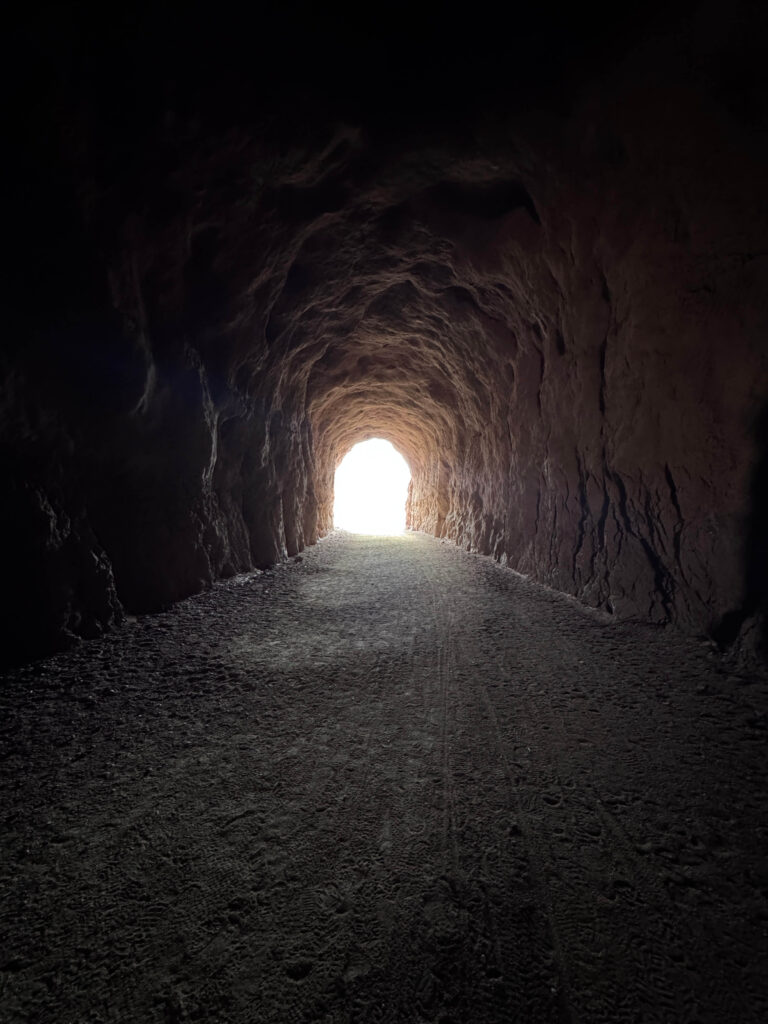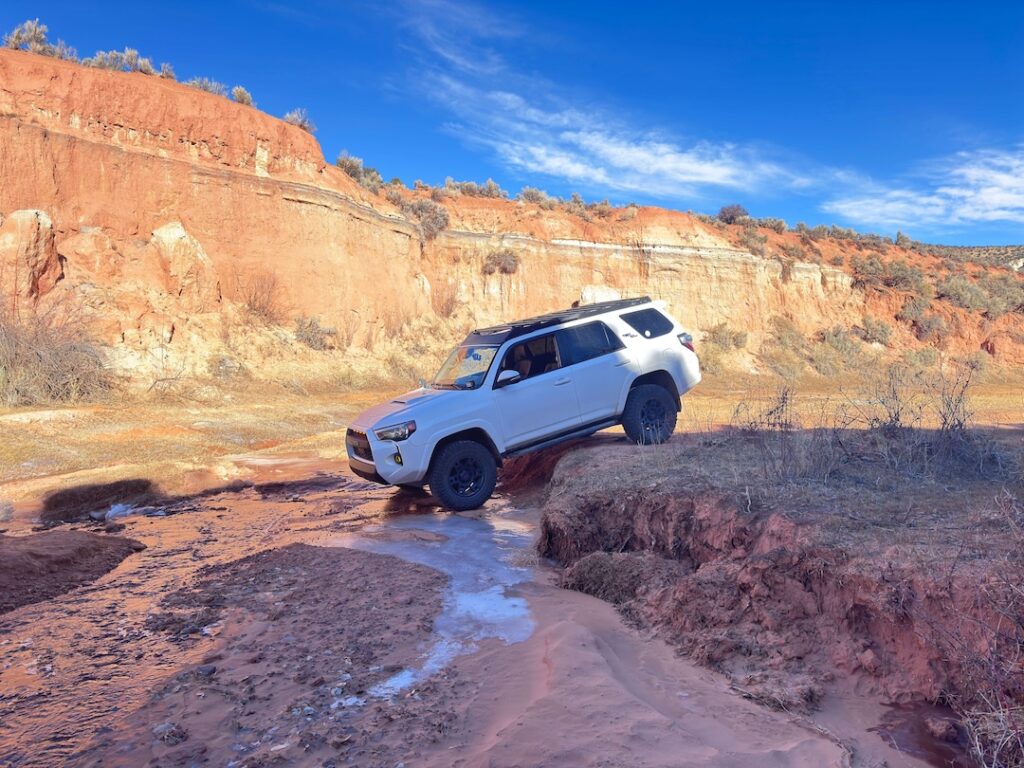Hiking is a great way to connect with nature, relax and stay fit. If this is your first time you might be excited to go to the hills and see the woods. Even though camping is fun you must prioritize safety to ensure a safe and fun time. We’ll discuss some important safety tips for hiking that everyone who has never done it before should know.
Plan Your Hike Carefully
It would help if you did a lot of planning before you even hit the road. Find out more about the road you want to walk such as its length, appearance and difficulty. Consider how fit you are and choose a path that fits your needs. Tell a friend or family member about your hike plans and when you’ll be back.
Dress To Succeed
Ensure you have the right gear for better comfort and safety on the road. To keep your body temperature steady choose layers that let air flow through and take away sweat. Remember to bring robust and comfortable hiking boots that will support your hips. Always bring extra clothes with you in case the weather changes quickly.

Staying Hydrated
Getting dehydrated on the road is easy and it can make you tired, dizzy or even worse. To stay healthy make sure you have water with you at all times and drink it often. Keep an eye out for water sources on the trail but it is also a good idea to bring something to clean water in case you need it.
Understand Your Limits
It is not a race to hike. You should know how much you can physically do and work at an acceptable speed. Walks that aren’t too hard at first will help your health and confidence as you get stronger.
Navigation Tools
Bring a plan guide or GPS gadget to help you find your way on the trail. You could die if you don’t have these tools on hand. Even well marked roads can be hard to find. Learn how to use them before you go.
Check The Weather
Always check the weather report before you leave. Rapid weather changes can be dangerous in places with lots of hills. Don’t go for a walk if the weather report says bad weather is coming.

Consider The Ten Essentials
If you’re going to walk here are ten things you should always bring
- GPS device
- Clothing
- First aid kit
- Firestarter
- Repair kit and tools
- Nutrition
- Hydration
- Shelter
- Illumination, headlamp, flashlight
- Sun protection, sunglasses, and sunscreen
Continue On The Path
If you go off the marked road you might become lost or hurt the environment. Stay on the marked route to keep yourself and your surroundings safe.
Wildlife Awareness
There is wildlife in many places outside. Please stay away from animals and don’t feed them. Please be aware that some places may have snakes and bugs. If you know what animals live in the area you want to walk in you’ll know what to do if you run into one.

Leaving No Sign
Leave No Trace ideas teach us to be kind to nature. Remove your trash, stay on the trails and hurt the ground as little as possible. For the parks to remain beautiful please leave cultural and natural features as you found them.
Group Hiking
It is often better to walk with other people than by yourself. Tell someone what you’ll do and when you’ll be back if you decide to walk alone. Ensuring someone knows where you are can save your life in an accident.
First Aid Knowledge
Knowing how to do simple first aid when you’re on the road is helpful. To prepare for common accidents and events while camping you should learn to give first aid outside.
Emergency Talking
Always keep your cell phone or personal locator beacon PLB charged so you can call for help if necessary. Make sure your cell phone can call for help or that you know how to do that.

Prepare For Emergencies
You should be ready for the worst even if you hope for the best. Bring things like a whistle, a space blanket and things to start a fire with you in an emergency.
Hiking During The Day
It is always better to hike during the day. Ensure you leave enough time to finish your walk as planned. You can also avoid bad weather or gloom in the afternoon by getting up early.
Trail Markers And Signs
To find your way you need to be able to read trail markers and signs. Things that are different in color, shape or picture mean different things. Read these signs before you go for a walk.
Conclusion
There are many ways that hiking is good for your body, mind and spirit. It would help if you put safety first to get the most out of your time outside. Follow these safety tips to get the most out of your hiking trips. They will help you find your way around the trails, stay safe and deal with problems that come out of the blue.
Support the Adventure
To make your walls less boring, check out my photography portfolio and bring a piece of the wild and my story into your home.
If you’d like to fuel future adventures, you can donate a coffee on Ko-Fi. Every cup keeps me chasing sunrises and stories.
When you shop using my affiliate links, every click helps support this blog at no extra cost to you. It’s a small way to keep Unicorn Adventure alive and kicking while I keep exploring.
Subscribe to my mailing list for future updates, new stories, and behind-the-scenes adventures.
Stay connected with me on Instagram and Facebook for more photos and daily inspiration.
Thanks for being part of the journey, Unicorn Squadron!



